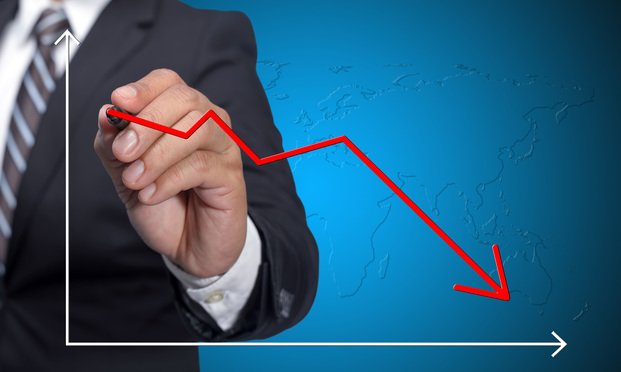 Private P&C insurers' net income after taxes declined by more than $13 billion in the first nine months of 2020 compared to the same period in 2019, according to a Verisk and APCIA report. (Photo: enciktepstudio/Shutterstock)
Private P&C insurers' net income after taxes declined by more than $13 billion in the first nine months of 2020 compared to the same period in 2019, according to a Verisk and APCIA report. (Photo: enciktepstudio/Shutterstock)
It's been nearly one year since COVID-19 was declared a global pandemic and an understanding of how much the health crisis has impacted property & casualty (P&C) insurers' profits is emerging.
Recommended For You
Want to continue reading?
Become a Free PropertyCasualty360 Digital Reader
Your access to unlimited PropertyCasualty360 content isn’t changing.
Once you are an ALM digital member, you’ll receive:
- Breaking insurance news and analysis, on-site and via our newsletters and custom alerts
- Weekly Insurance Speak podcast featuring exclusive interviews with industry leaders
- Educational webcasts, white papers, and ebooks from industry thought leaders
- Critical converage of the employee benefits and financial advisory markets on our other ALM sites, BenefitsPRO and ThinkAdvisor
Already have an account? Sign In Now
© Touchpoint Markets, All Rights Reserved. Request academic re-use from www.copyright.com. All other uses, submit a request to [email protected]. For more inforrmation visit Asset & Logo Licensing.







